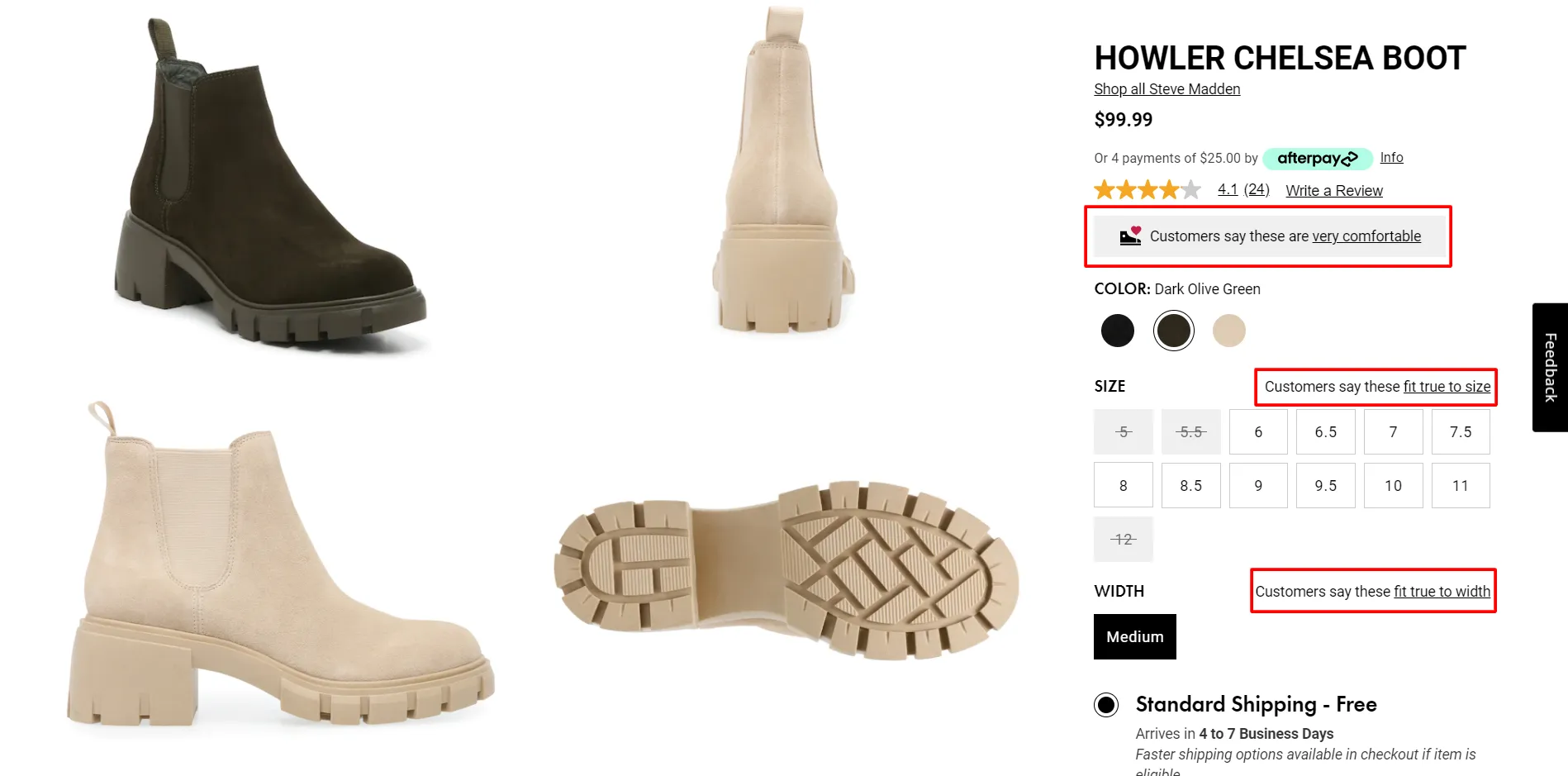
AI-powered delivery date estimates to boost conversion
Give shoppers peace of mind and protect and grow your bottom line
Personalized tracking experiences to build brand loyalty
Returns and exchanges management to mitigate fraud and reward best customers
Proactive communication to drive customer lifetime value
Delivery claim management to tackle fraud and build trust
5 Ways to Use Data to Improve Your Fulfillment Operations
%20(12).webp)
In today’s big data era, ecommerce retailers have access to more information than ever before. The key, of course, is knowing what to do with all this data—specifically, how to isolate insights and tangible takeaways from the noise generated by these vast accumulations of information. To help your company improve its fulfillment operations through data analysis, here are five specific ideas you can get started with today.
Choosing carriers and service levels based on delivery trends
To meet the demands of modern ecommerce, carrier contracts can no longer be approached from a ‘set it and forget it’ mindset. While it may have been common in the not-too-distant past to establish volume-based contracts with one carrier—or a small number of top carriers—consumer expectations for quick shipping and ongoing carrier disruptions signal the need for more flexibility on the part of retailers.
Local delivery specialists, regional carriers, last-mile delivery services, and national or international carriers may all play a role in your shipping mix. Data can help you determine when each is most appropriate.
Begin by breaking your delivery data down by different parameters, including:
- performance by carrier
- performance by route or region
- performance by package size
If you see opportunities for improvement, it may be wise to consider partnering with additional carriers.
Locating inventory closer to customer hubs
Where to locate inventory—whether at retail stores, distribution centers (DCs), warehouses, or other facilities—is a perpetual challenge for ecommerce retailers at the enterprise level. Here, again, data can provide answers.
Among the factors your fulfillment team should analyze include:
- current inventory levels, by item
- demand for individual items in your inventory
- customer purchasing patterns, by region
- how far items travel from each fulfillment node in your network, on average, and the associated timing
- how frequently items are transferred between nodes
- any transportation and freight costs associated with the movement of inventory
These types of analyses become particularly important when identifying underperforming nodes or selecting new locations. Make sure your software stack can track and interpret these different data points (typically, by SKU) in order to generate the location-specific insights you need.
Improving your product description pages (PDPs) to reduce returns
If you know why your customers are returning items, adding further detail to your PDPs can help you lessen their return frequency. For instance, if your customers commonly report that a pair of shoes you sell tend to run a half-size too large, you can educate shoppers in advance so that they can make the right choice when buying.
Take the following example from DSW, which highlights customer feedback in three separate places—the shoe’s comfort, width, and size.

The customer feedback needed to offer these types of insights can be captured in a number of different ways.
If you’re manually processing returns via phone, email, or live chat, you can capture consumers’ reasons for returning their items in a spreadsheet. Or, for an automated, actionable option, you can invest in a return solution like Narvar that captures customers’ reasons for returning items during the return flow. Built-in analytics tools make it easier to identify trends in returns that suggest when and where adding more detail to specific PDPs is warranted.
Providing more accurate shipping and delivery date estimates
Helping customers understand when their orders will ship improves confidence in your brand, while also limiting the amount of time your customer service teams spend fielding unnecessary ‘Where is my order?’ or ‘WISMO’ questions.
There are several ways you can increase clarity around expected shipping and delivery dates. Add expected shipping and handling times to your PDPs, and make sure delivery timelines by shipping service are clear during your checkout process. You can also integrate shipping date estimates into your PDPs, as Fossil does on its product pages.

Providing more accurate estimates around refund timing
Setting expectations around refund timing is an ecommerce best practice—no shopper wants to sit around wondering when their funds will be returned to their account. But it’s an opportunity for your business to establish a competitive advantage.
Narvar’s 2021 Return Policy Benchmarks Report found that 42% of surveyed retailers don’t provide accurate estimates around refund timing. Establishing clear expectations can set your company apart and improve consumer confidence in your returns process, but you’ll need data to make it happen.
For instance, you’ll need to know:
- How long, on average, your chosen return shipping carriers take to deliver packages from your customers to the locations you specify.
- How much time your warehouse and/or fulfillment teams need to intake and process returned parcels.
- How long customer service requires to approve returns and issue refunds.
- How long it takes for the different refund methods you offer customers to transfer funds back to their accounts (or, alternatively, how long it takes your customer service team to issue store credit or facilitate exchanges).
Once you have this data, use it in your return and refund policies—and then make sure they’re visible to shoppers. Better yet, work them into your PDPs to prevent frustration by setting clear expectations from the start.
Ultimately, data should be fundamental to your ecommerce operation, but it can also be a major distraction without a plan for proper analysis. Give these five opportunities a try, refining your data collection and interpretation processes as you go to drive the greatest possible improvements in your fulfillment operations.





















.webp)


